What is Open Ai/ChatGPT? How does it work?
Open ai / ChatGPT is a variant of the GPT (Generative Pre-training Transformer) language model. That is specifically designed for conversational language generation tasks. I train it to generate human-like text by predicting the next word or sequence of words in a given conversation.
Like other language models, I trained ChatGPT on a large dataset of text. And uses that data to learn the patterns and structure of natural language. It does this by analyzing the relationships between the words and phrases in the text. And using that information to generate a new text that is similar in style and content to the training data.
To generate text, ChatGPT takes as input a prompt or partial conversation and uses it. Its internal knowledge of language generates a response. The model uses an attention mechanism to focus on specific parts of the input and generate output. That is relevant to the context of the conversation.
Overall, ChatGPT is a powerful tool for generating natural language text and can be used for a variety of tasks. Such as chatbots, language translation, and language generation for social media or other online platforms.
How does it work?
Open ai/ChatGPT is a neural network-based language model that uses a transformer architecture to generate text. We train it to predict the next word or sequence of words in a given conversation based on the words and phrases that come before it.
The model consists of an encoder and a decoder, both of which are made up of multiple layers of interconnected “neurons” or processing units. The encoder takes in a sequence of words as input and processes them through the layers of the network, creating a representation of the input in the form of numerical vectors. The decoder then takes these vectors as input and generates output text by predicting the next word or sequence of words in the conversation.
During training, they feed the model a large dataset of text and use that data to learn the patterns and structure of language. It does this by analyzing the relationships between the words and phrases in the text and using that information to make predictions about what word or sequence of words is likely to come next in a given context.
To generate text, ChatGPT takes as input a prompt or partial conversation and uses its internal knowledge of language to generate a response. The model uses an attention mechanism to focus on specific parts of the input and generate output that is relevant to the context of the conversation.
What Is A.I.? How Does It Work?

Artificial intelligence (AI) is a broad field that encompasses a variety of techniques. And technologies that enable machines to perform tasks that typically require human-like intelligence. These tasks can include learning, problem-solving, decision-making, perception, and natural language processing.
There are many ways to implement AI, but most approaches involve using algorithms and statistical models to enable machines to “learn” from data and make decisions or predictions based on that learning.
Machine learning is an AI approach that uses algorithms to learn and improve from experience without being explicitly programmed. In this approach, a model is trained on a large dataset and uses that data to learn patterns and relationships. The ability to predict or make decisions based on that information.
Another approach to AI is rule-based systems, in which rules are defined to determine the appropriate action or response in a given situation. This type of system is much use for tasks that require high accuracy. Or where it is important to follow a specific set of guidelines.
Overall, AI has the potential to revolutionize many industries. And has already had a significant impact in areas such as healthcare, finance, and transportation.
Chatbot Development With Open ai/ChatGPT
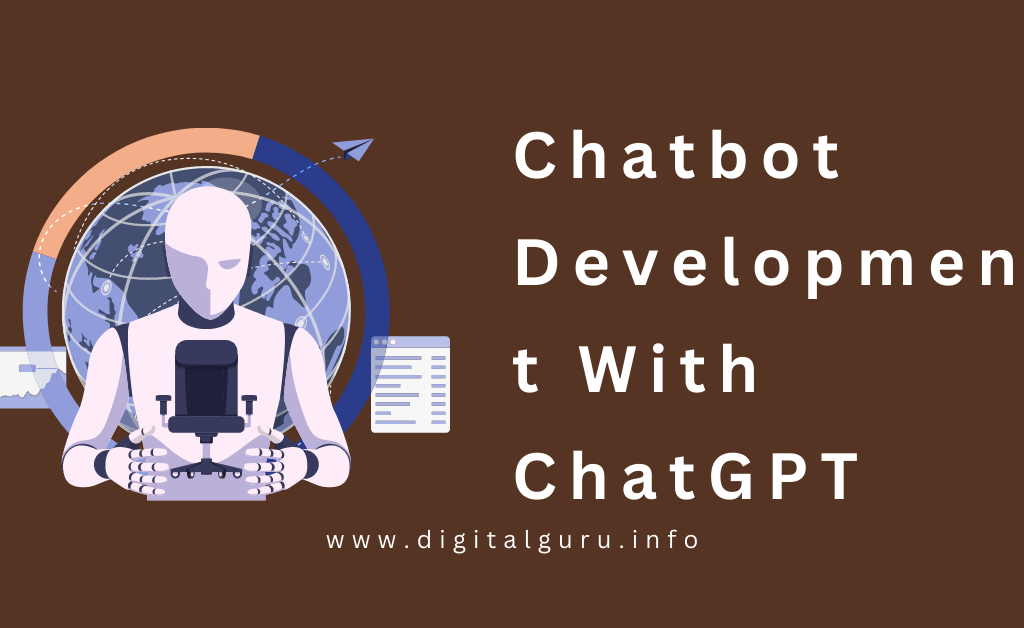
Developing a chatbot using ChatGPT involves several steps:
- Determine the purpose and functionality of the chatbot. This will help you define the project’s scope and goals and determine what conversations the chatbot will need to handle.
- Collect and pre-process training data. I trained ChatGPT on a large dataset of text, so you will need to gather an extensive collection of conversations or other text that is relevant to the chatbot’s purpose. You will then need to pre-process this data by cleaning and formatting it to prepare it for training.
- Train the ChatGPT model. You can use a pre-trained version of ChatGPT or fine-tune it on your dataset to create a custom model for your chatbot. Training the model involves feeding it the training data and using an optimization algorithm to adjust the model’s internal parameters to minimize prediction errors.
- Integrate the ChatGPT model into your chatbot platform. This will typically involve creating a server-side application that can receive user input. Send it to the ChatGPT model and receive and display the model’s responses.
- Test and evaluate the chatbot. Once the chatbot is integrated with the ChatGPT model, you will need to test it thoroughly to ensure that it is functioning correctly and meeting the needs of your users. You can also use metrics such as precision and recall to evaluate the chatbot’s performance.
- Deploy and maintain the chatbot. Once the chatbot is fully tested and ready for use, you will need to deploy it on a hosting platform and ensure that it is maintained and updated as needed.
Applying Advanced A. I Techniques to ChatGPT

There are many ways to apply advanced AI techniques to ChatGPT to improve its performance and capabilities.
Some examples include:
- Incorporating additional context: By using techniques such as context-aware encoding or memory networks, you can incorporate additional context into the ChatGPT model to improve its ability to understand and respond to complex conversations.
- Enhancing language generation: You can use techniques such as sequence-to-sequence learning or copy mechanisms to improve the quality of the text generated by ChatGPT.
- Improving conversation management: You can use techniques such as dialogue management or intent classification to improve the chatbot’s ability to track and respond appropriately to different topics or goals in a conversation.
- Enhancing personalization: By incorporating techniques such as user modeling or personalized response generation. You can create a more personalized and engaging experience for users.
- Adding additional languages: You can use techniques such as machine translation or multilingual language models. Which is enable ChatGPT to handle conversations in multiple languages.
Overall, many advanced AI techniques can be applied to ChatGPT to improve its performance and capabilities in various conversational tasks.
Benefits of Using ChatGPT
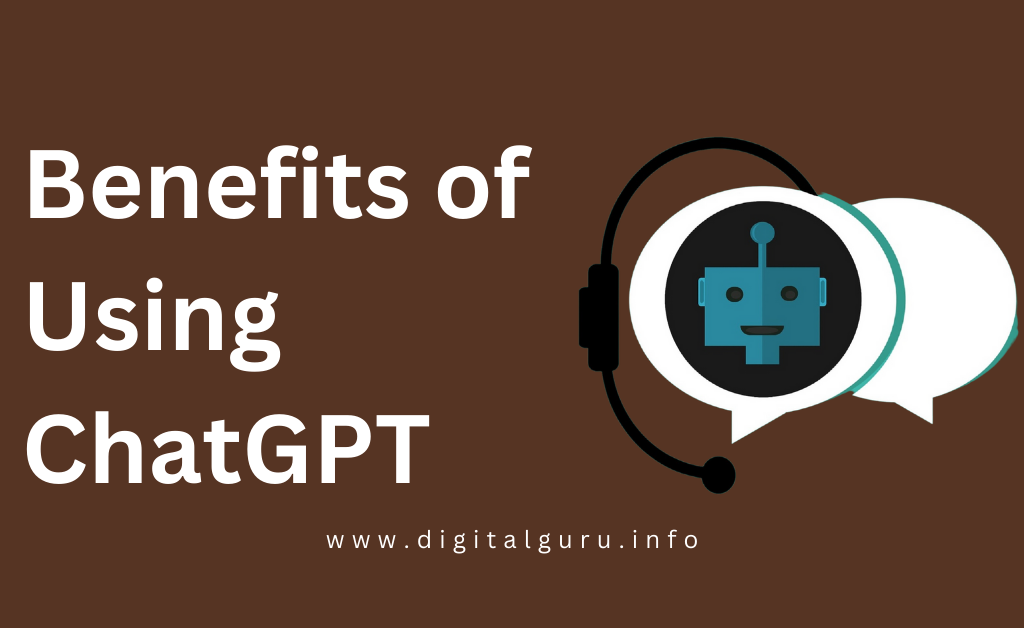
There are several benefits to using ChatGPT for chatbot development and other conversational tasks:
- Human-like language generation: ChatGPT on a large dataset of text and is created specifically for conversational language generation tasks. As a result, it can generate text that is highly similar to human language, making it well-suited for tasks such as chatbots and language translation.
- Customization: You can fine-tune a pre-trained version of ChatGPT on your dataset to create a custom model that is tailored to your specific needs. This allows you to create a chatbot or other application that is optimized for your specific use case.
- Scalability: ChatGPT is a large, powerful model that is capable of handling a wide range of conversational tasks. This makes it well-suited for applications requiring a high performance or scalability level.
- Ease of use: ChatGPT is relatively easy to use, especially if you are using a pre-trained version of the model. This can make it a good choice for developers who are new to chatbot development or language generation tasks.
Overall, ChatGPT is a powerful and versatile tool for chatbot development. Other conversational tasks can provide significant benefits for developers and users alike.
Here are a few questions and answers about Open ai:
What is ChatGPT?
ChatGPT is a variant of the GPT (Generative Pre-training Transformer) language model. Conversational language is the purpose of this tool.
How does ChatGPT work?
The ChatGPT language model uses a transformer architecture to generate text based on neural networks. Using the words and phrases that come before, it predicts the next word or sequence of words in a conversation.
What is the use of ChatGPT?
We can use ChatGPT for a variety of tasks that involve generating human-like text. Such as chatbots, language translation, and language generation for social media or other online platforms.
What are some benefits of using ChatGPT?
Some benefits of using ChatGPT include human-like language generation, customization, scalability, and ease of use.



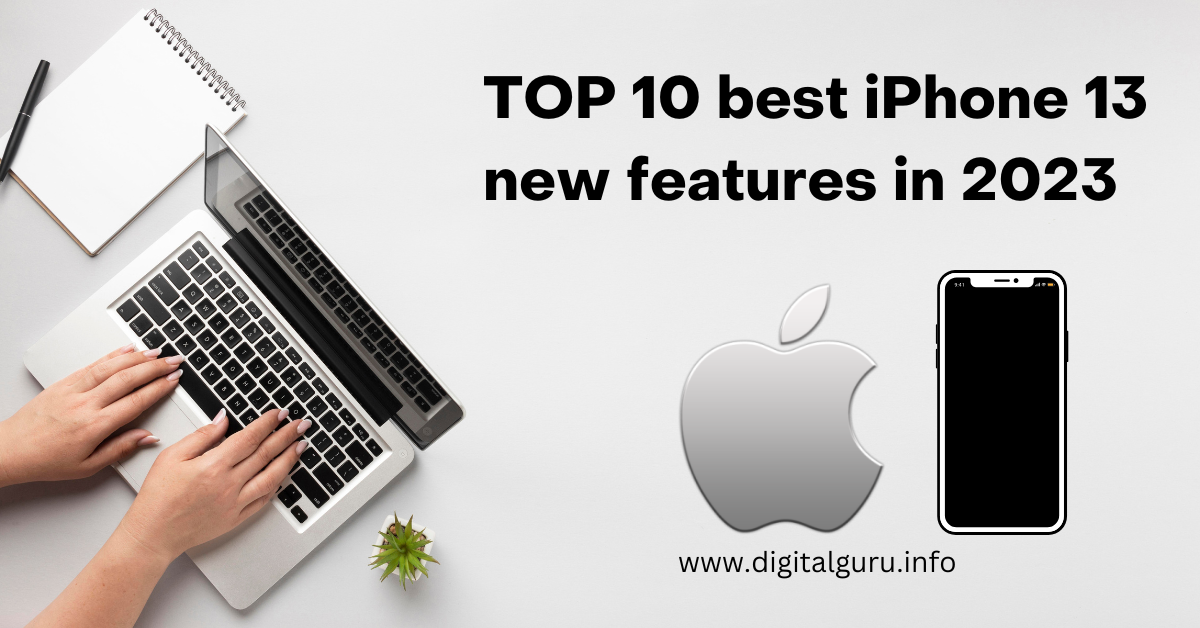

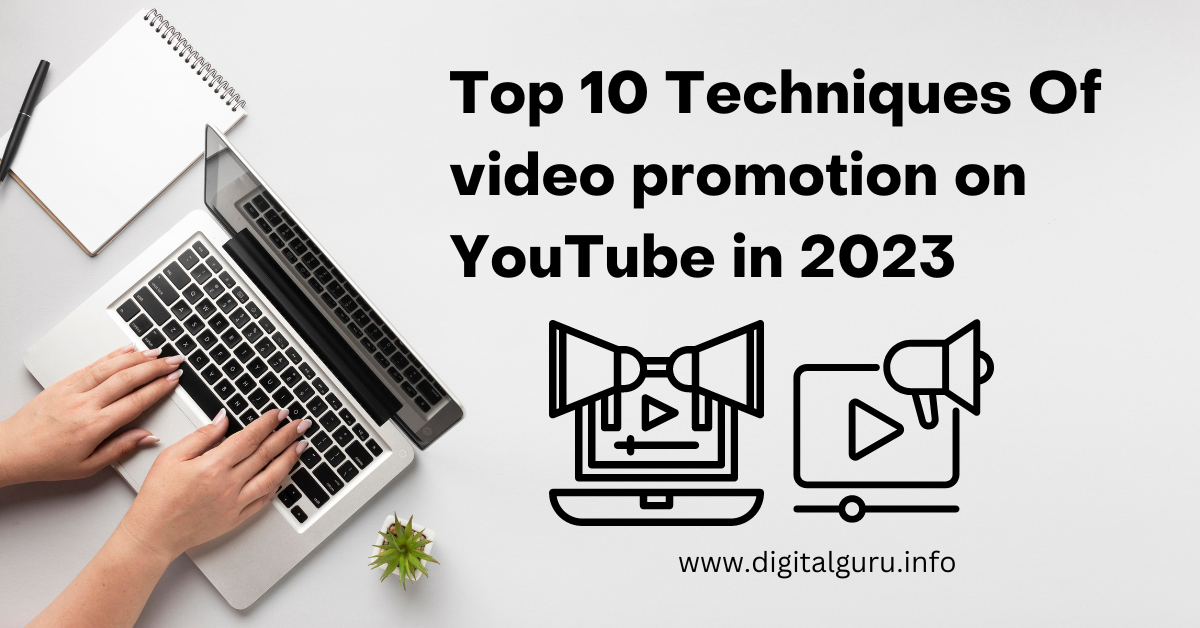

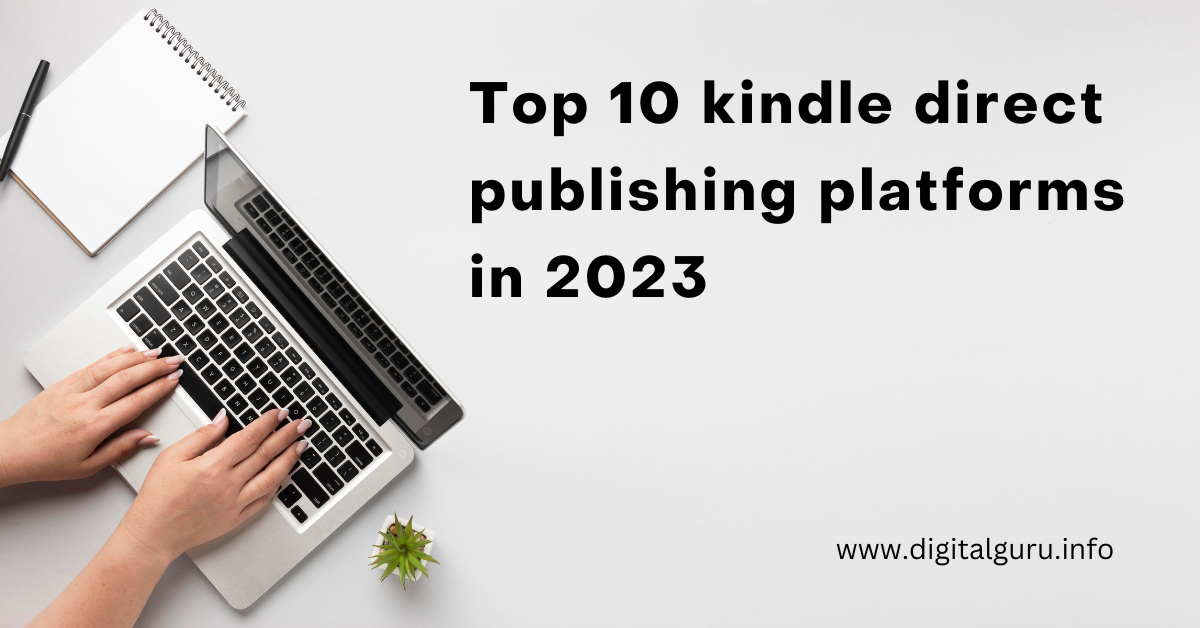
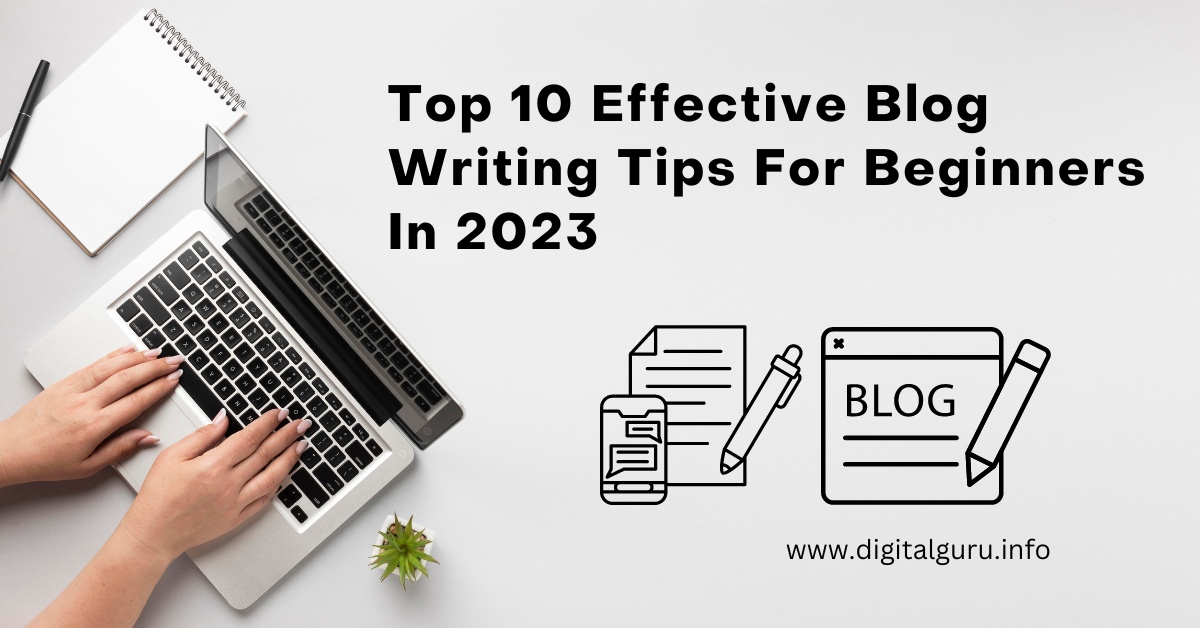
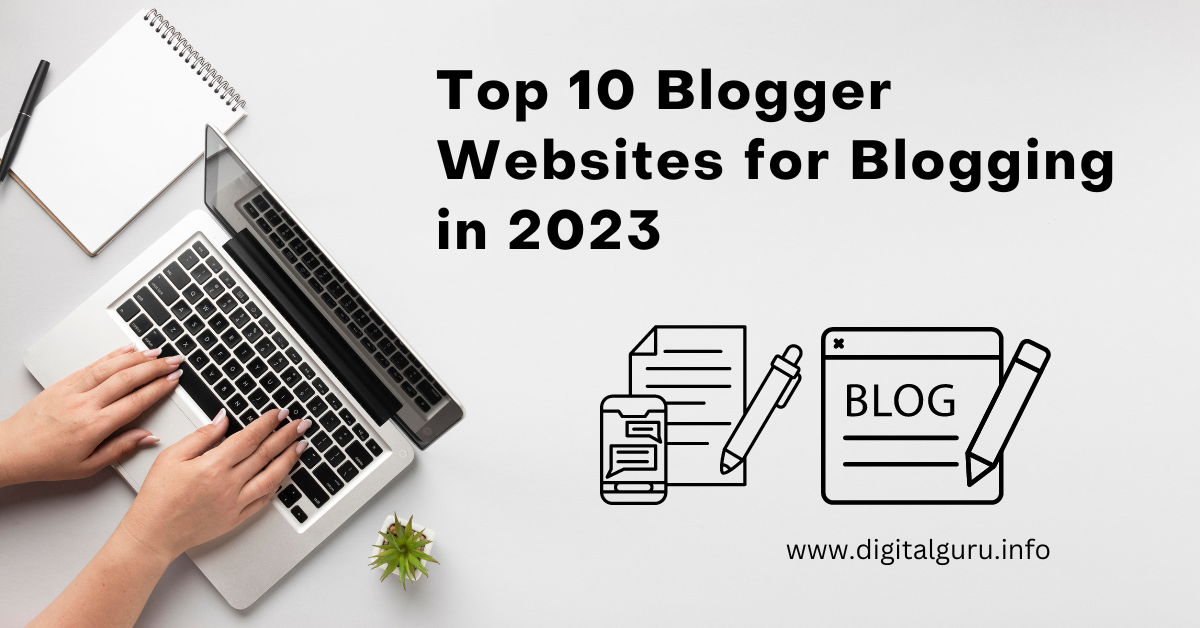
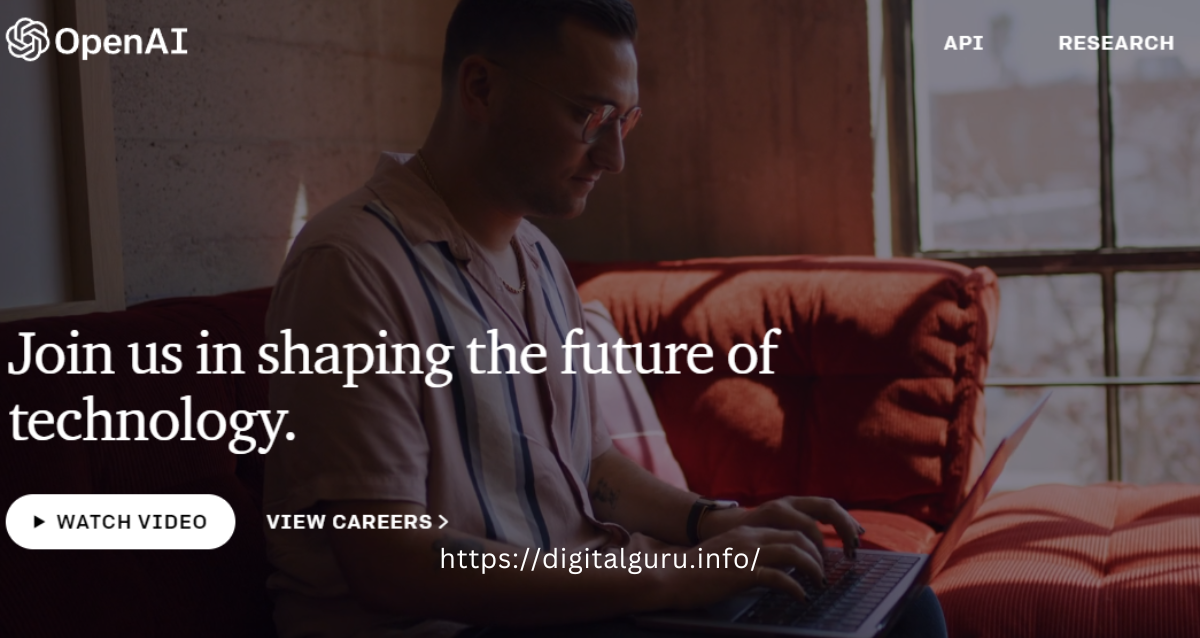
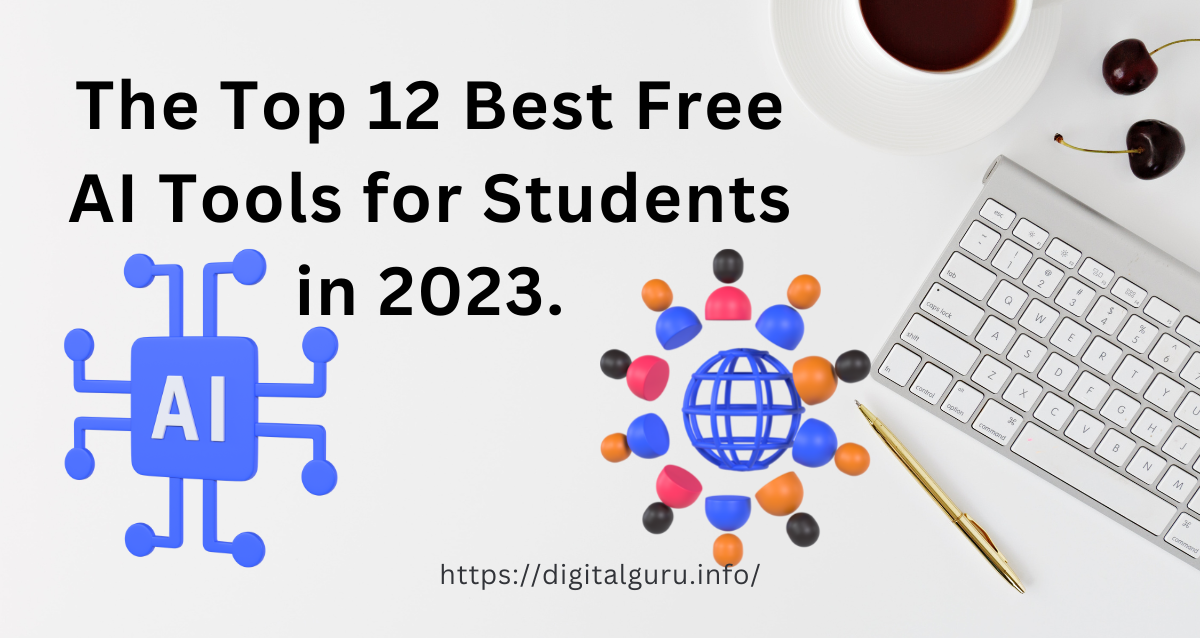

Leave a Reply